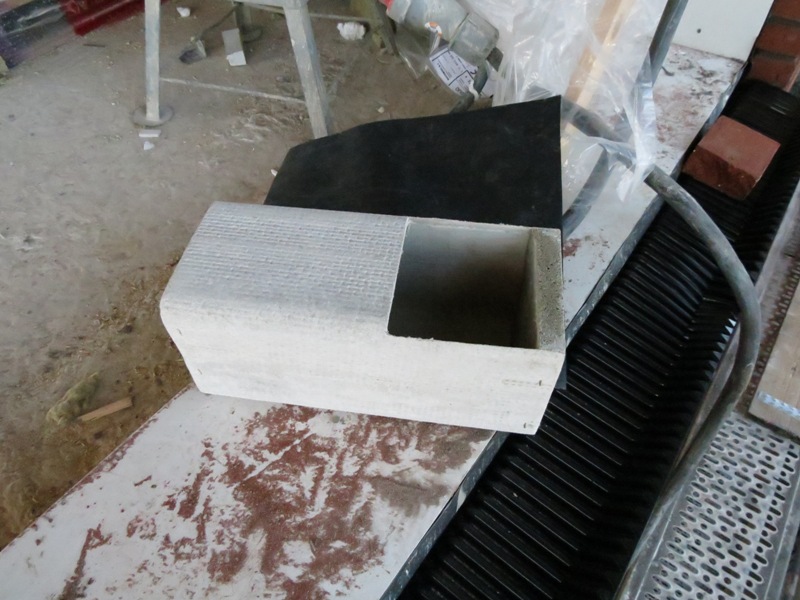There seems to be a general impression that this is a good year for Swifts in the UK, however, the Reporting Rate recorded by BirdTrack across the UK shows 2014 to be lower than 2013 and 2012, indeed, it seems to be the lowest ever! [Reporting Rate is the percentage of BirdTrack lists that record at least 1 Swift].
Written by Dick
Athough not designed for this purpose, an advantage of BirdTrack for an early indication of trends is that the data is available up to 2 years ahead of BBS. In fact it is available in near realtime!
The graphs, left, include the Reporting Rates for 2006 and for 2014.
The BirdTrack Reporting Rate for 2006 through June to mid-July (the peak season) averages 47.2%. In 2014, the reporting rate for this period averages 37.6%.
[Older graphs than this on the BTO website were calculated incorrectly - so we cannot go back further than 2006]
There could be a number of explanations for the apparent contradiction between numbers at colonies and numbers recorded by BirdTrack:
Written by Dick
| BirdTrack Reporting Rate for Swifts, 2006-2008 (click on graphs to see them larger) |
BirdTrack Reporting Rate for Swifts, 2012-2014
(click on graphs to see them larger)
|
The graphs, left, include the Reporting Rates for 2006 and for 2014.
The BirdTrack Reporting Rate for 2006 through June to mid-July (the peak season) averages 47.2%. In 2014, the reporting rate for this period averages 37.6%.
This is a decline in reporting rate of 20% in 8 years. Given that changes in BirdTrack Reporting Rate underestimate changes in abundance, this is quite a drop.
There could be a number of explanations for the apparent contradiction between numbers at colonies and numbers recorded by BirdTrack:
With the fine weather, it could mean that Swifts are finding plenty of food near their colonies, giving colony watchers an impression of abundance, but, as Swifts do not need to forage further afield, maybe they are seen less frequently by BirdTrack listers.
It could just be that they fly higher in good weather, so are again less likely to be seen.
It could just be that they fly higher in good weather, so are again less likely to be seen.
Alternatively, it could be that those birds that still have their nesting places intact have had a good year, but there may be fewer intact nesting places, so birds recorded away from colonies may appear scarcer.
Another explanation is that birds from destroyed colonies are prospecting those colonies that still exist. This ties in with anecdotes from Poland, where survey data indicates increasing Swift numbers at a time when large numbers of colonies are being lost - the birds may be in the air, and visible, rather than sitting on their nests.
Whatever the explanation, it is a situation that needs watching.
Whatever the explanation, it is a situation that needs watching.





